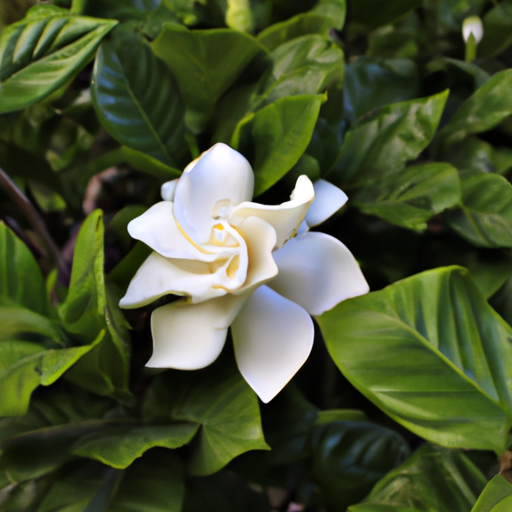Introduction:
Gardenias are exquisite and fragrant flowering plants that are highly sought after by gardeners. If you’re considering adding these beautiful blooms to your garden, it’s important to understand the specific climate requirements they have. In this gardener’s guide, we will explore the question, “What zone are gardenias?” and provide you with valuable insights on growing these stunning plants successfully.
Understanding Gardenia Hardiness Zones:
Gardenias are native to tropical and subtropical regions, which means they thrive in warm and humid climates. However, they can also be grown in cooler regions with proper care and attention. To determine the suitable zone for gardenias, we need to refer to the USDA Plant Hardiness Zone Map.
The USDA Zone Map divides North America into 11 different zones based on the average annual minimum temperature. Gardenias are typically hardy in zones 8 to 11, where the minimum temperatures range from 10°F (-12°C) to 40°F (4°C). These zones include the southern coastal regions and parts of the West Coast.
Planting Gardenias in Cooler Zones:
If you reside in a cooler zone outside the recommended range but still wish to grow gardenias, don’t worry! There are several strategies you can employ to create a suitable microclimate for these plants.
1. Choose cold-hardy gardenia varieties: Some gardenia cultivars, such as ‘Kleim’s Hardy’ and ‘Frostproof,’ are more tolerant of colder temperatures and can survive in zones 6 and 7.
2. Select a sheltered planting location: Plant your gardenias in a protected area, such as near a south-facing wall or under the canopy of larger trees. This will provide some insulation against cold winds and frost.
3. Use protective coverings: During colder months, consider using frost blankets or row covers to shield your gardenias from freezing temperatures. These coverings can be removed during the day to allow sunlight and air circulation.
4. Mulch and insulate: Apply a layer of organic mulch around the base of your gardenias to help regulate soil temperature and retain moisture. Additionally, consider insulating the root zone with straw or leaves for added protection.
Caring for Gardenias:
In addition to considering the appropriate hardiness zone, proper care is essential for the health and vitality of your gardenias. Here are some general tips to keep in mind:
1. Sunlight: Gardenias thrive in partial shade to full sun, depending on your climate. Aim for at least 6 hours of direct sunlight per day.
2. Soil: Gardenias prefer well-draining, acidic soil with a pH between 5.0 and 6.0. Amend the soil with organic matter, such as compost or peat moss, to improve drainage and acidity.
3. Watering: Keep the soil consistently moist but not waterlogged. Avoid overwatering, as gardenias are susceptible to root rot. Water deeply and allow the top inch of soil to dry out before watering again.
4. Fertilization: Feed your gardenias with a balanced, acid-loving fertilizer during the growing season. Follow the manufacturer’s instructions for application rates and frequency.
5. Pruning: Regular pruning helps maintain the shape and size of your gardenias. Prune after flowering to remove dead or diseased branches and promote new growth.
Conclusion:
In summary, gardenias thrive in USDA hardiness zones 8 to 11, where the climate is warm and humid. However, with proper care and the use of cold-hardy varieties, gardenias can also be grown in cooler zones. By understanding their specific needs and implementing the appropriate strategies, you can enjoy the beauty and fragrance of gardenias in your garden, regardless of your location. Happy gardening!




